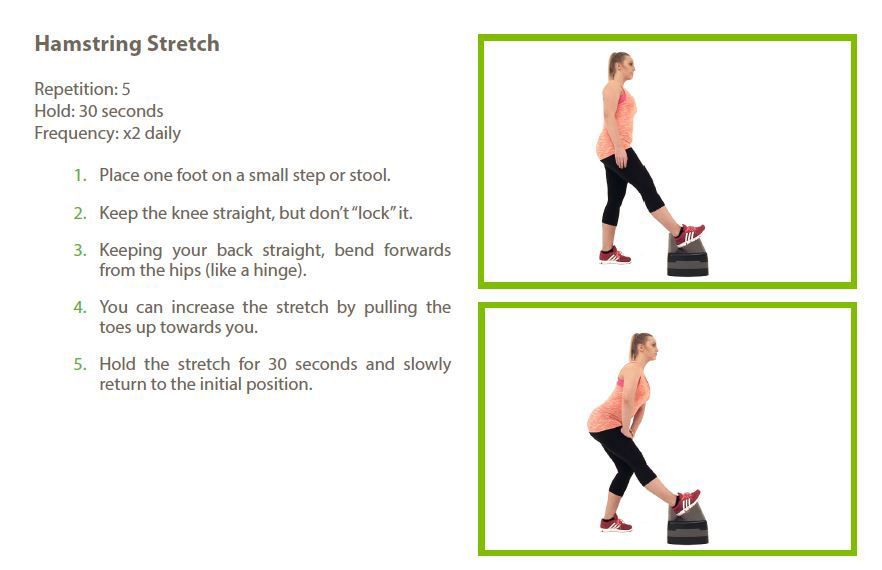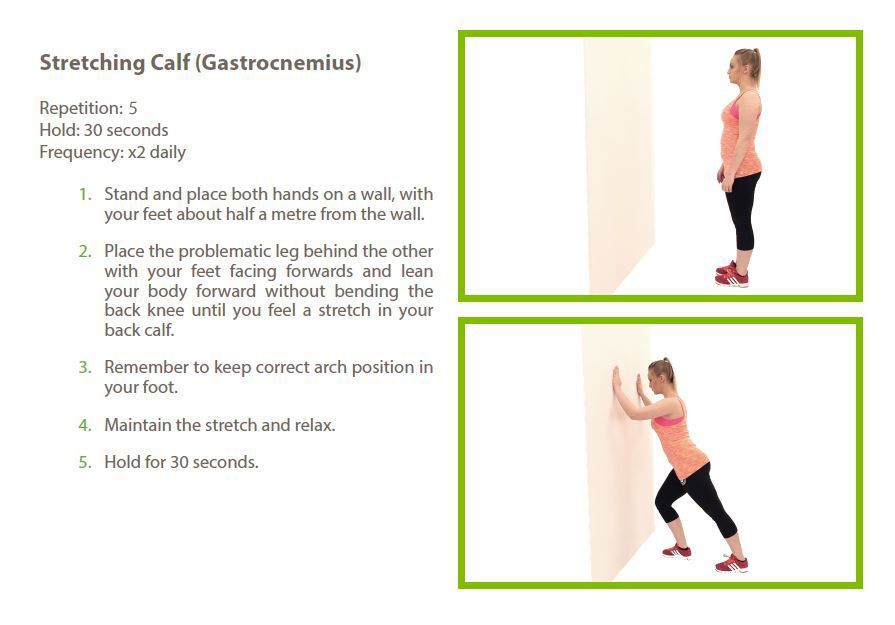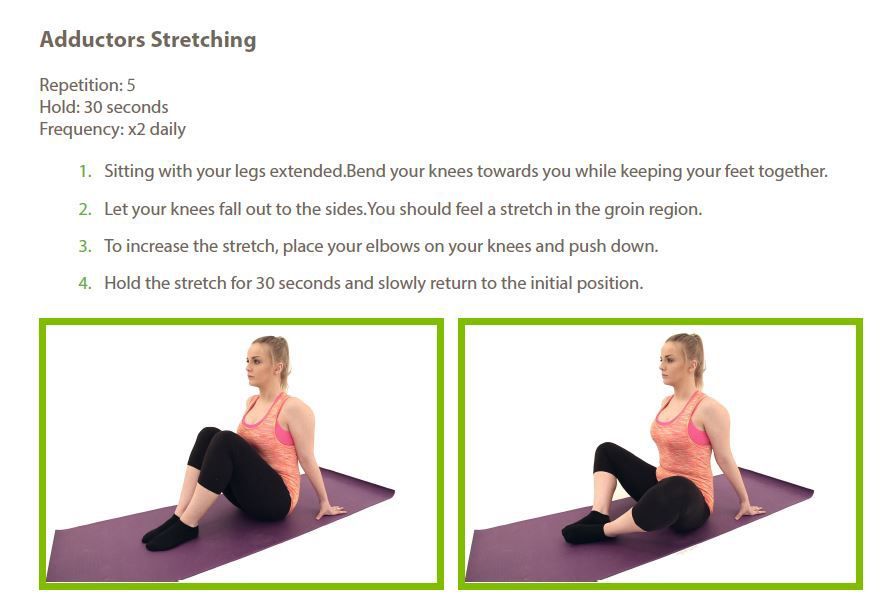
As the most popular sport in the world, football has an estimated 240 million regular participants across the globe. But, whatever level you are playing at, it is worth taking precautions before you pull your boots back on. Here, specialists from occupational physiotherapy provider Physio Med offer their advice and tips on how to prepare for a match, go the distance and recover afterwards.
What are the most common football-related injuries?
Although practically any part of the body can be injured during a football match, it is primarily a lower limb sport, so the knees, ankles and hamstrings are at a higher risk of injury as players accelerate from standing positions, decelerate suddenly, twist, turn and quickly change direction.
Knee injuries are particularly common. The knee is made up of four main ligaments – the medial ligament, the lateral ligament, the anterior cruciate ligament and the posterior cruciate ligament – which support it and help maintain stability.
All the ligaments are susceptible to injury, however the medial and the anterior cruciate are the two most prone and, unfortunately, both take a long time to heal and the anterior cruciate in particular can often require surgery.
The hamstrings, meanwhile, act as both a stabiliser and a mobiliser of the lower limbs during a game and, consequently, are also prone to injury and recurring problems. Repeated hamstring injuries can even end a player’s career.
There are several ligaments in the ankle as well, with injuries to this area of the body usually the result of direct impact from another player during a tackle, repeatedly changing direction and twisting the ankle.
How can they be avoided?
Playing football puts massive pressure on your cardio vascular system, joints, muscles and ligaments, so to avoid injury it’s important to prepare properly.
If you haven’t played for more than a year, gradually increase the amount of football you play over a few weeks to bridge the gap between your usual exercise routine and a full 90 minutes. In other words, start or finish on the bench - play for half an hour a week for two weeks, then increase to 45 minutes for two weeks and continue to build up your game time by 15 minutes per fortnight until you’re able to play a full 90 minutes.
It is also advisable to do some gym work to give the muscles you don’t use when playing football a good workout and increase your overall strength and flexibility – and a trip to the Massage Therapist for a sports massage before your first game is a great idea.
What exercises/stretches should I do to warm up and why?
Warm up and do some stretches before kick-off to increase blood flow, prepare your muscles and reduce the risk of injury. Pay particular attention to warming up your lower back and legs.
First, take a brisk five-minute walk to warm and relax your muscles and cardio vascular system, followed by some stretches to condition your muscles and help prevent cramps.
The standing hamstring stretch
Put your left foot slightly in front of your right foot with your toes raised. Bend your right knee slightly, keep your left leg straight and lean forward, resting both hands on your right thigh for balance, until you feel light resistance in the back of your leg. Hold for 20 - 30 seconds, then swap legs and repeat. Stretch each hamstring five times.
The standing calf stretch
Stand facing a wall and lean against it with your hands. Place your left leg slightly behind your right leg, then bend your right leg while keeping your left leg straight with your heel firmly on the floor. Lean forward until you feel the muscles in the straight leg begin to stretch, then hold for 20 - 30 seconds, swap legs and repeat five times.
Hip adductor stretch
To stretch the group of muscles in your inner thighs, stand with your feet wider than hip width apart and keep your left leg straight, then bend your right knee so that you are supporting your body weight on the side of the knee. Keep your left foot pointing forward. Hold for 20 - 30 seconds, then swap legs and repeat five times.
You should also gently warm up your lower back by leaning backwards to stretch it. Stand with your feet hip distance apart and place both hands on your hips. Gently lean backwards whilst still looking forwards until you can feel a stretch in your lower back. Hold the stretch for five seconds, return slowly to an upright position and repeat 15 times.
Finally, limber up your shoulders by rotating them ten times clockwise and ten times anticlockwise, then take on board plenty of water to keep you hydrated.
Half Time
Should I warm down after the first half and/or stretch before the second half?
If you can feel a tight muscle, you should definitely gently stretch the affected area. However, as there is only fifteen minutes between halves (often less in amateur games!), taking the opportunity to rest is a better idea, especially when you need to pay attention to what your manager is saying!
Should I eat at half time?
Players don’t usually eat during a match in case it causes a stitch but, if you just can’t help yourself, small snacks such as bananas, orange slices, pineapple or berries are all great options that are packed with carbohydrates which are slowly released, providing extra energy, as well as electrolytes which keep the muscles working and maintain hydration.
Should I drink water/isotonic sports drinks at half time?
Absolutely! Apart from energy, fluids are key to completing a football match, especially on a warm day, so remember to take water and sugary energy drinks with you. As well as keeping you hydrated, water helps improve your stamina, speed and reaction times and energy drinks help your muscles work efficiently and keep you mentally alert.
You should drink steadily throughout the day, before the match, at half time and at full time but don’t be tempted to drink gallons of water immediately before kick-off as it will make you bloated.
Afterwards
What exercises/stretches should I do to warm down?
Your recovery process begins as soon as the final whistle blows and is just as important as warming up - failing to warm down increases your risk of suffering cramps and makes it harder for your muscles to recover.
Have a drink as soon as possible to nourish your muscles and replenish the fluids you’ve lost, then have a gentle walk around the pitch to return your breathing to its normal level, lower your heart rate and help your muscles relax. Next, perform the same stretches you carried out pre-match.
Then its time to eat! 
More carbohydrates, such as fruit-based sweets, and protein, such as yoghurts or nuts, are vital at this stage to quickly replace the energy you’ve used up and help repair your muscles, however you’ll still need to eat a full meal within the next two hours. Chicken or fish with rice, or an egg and cheese omelette with brown bread is ideal.
Lastly, in order to help your muscles completely recover, head for another sports massage. In no time at all, you’ll have a spring in your step and Wembley in your sights!



